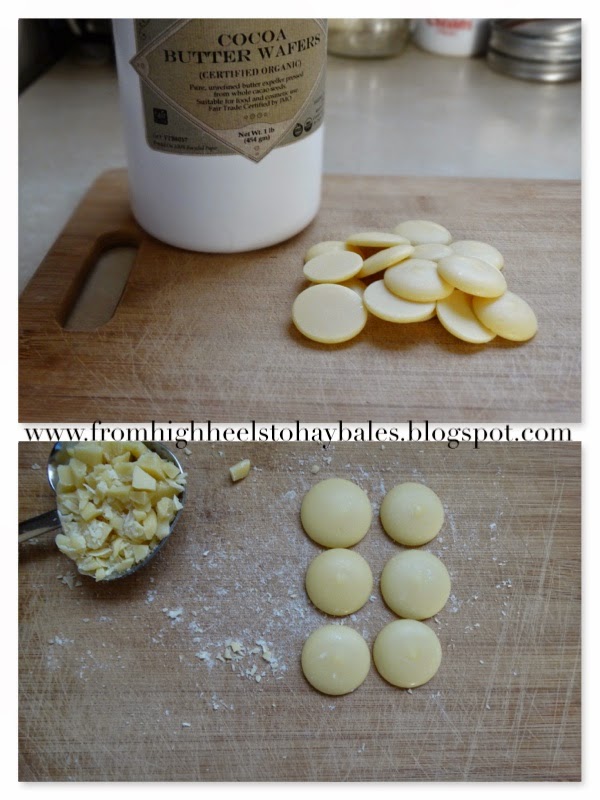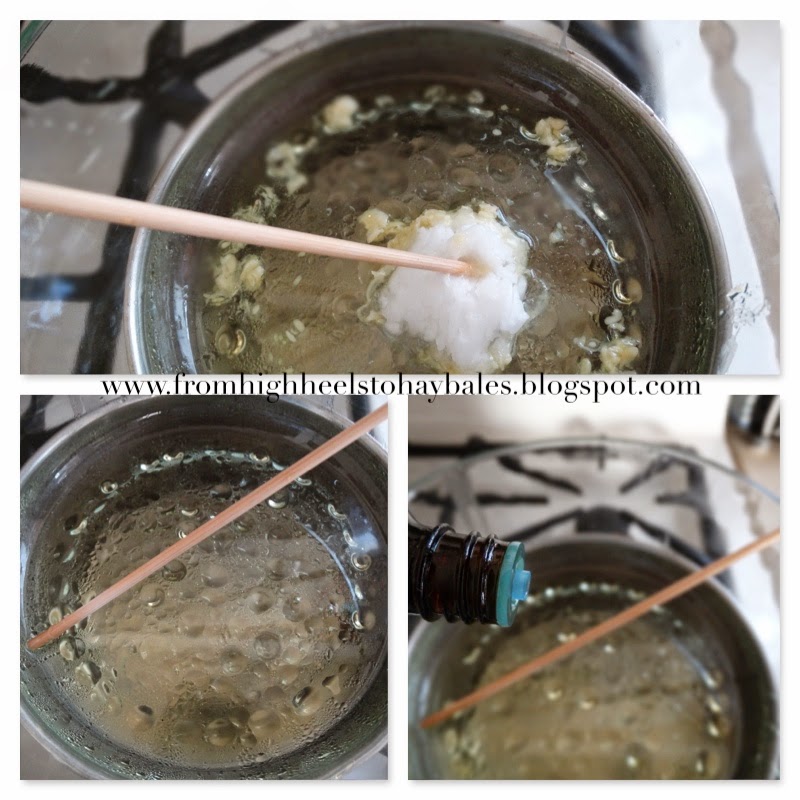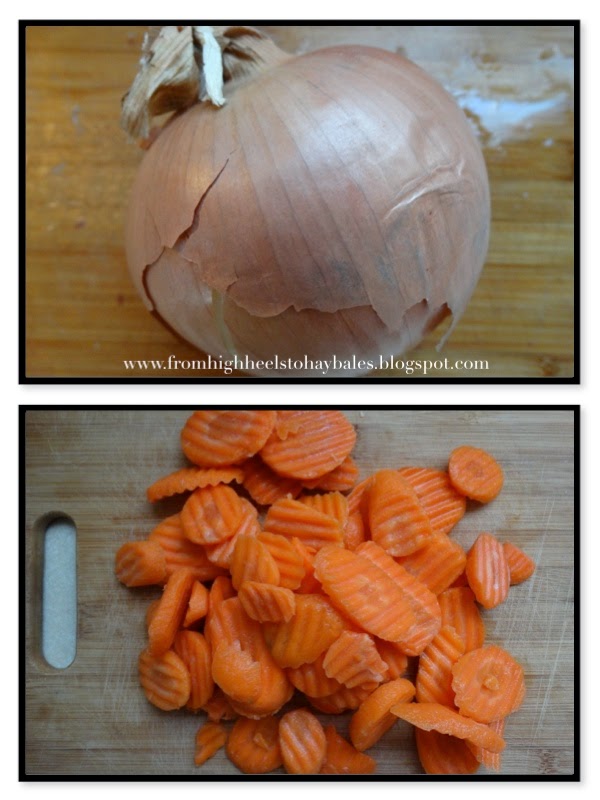I was literally drinking this stuff like it was going out of style… 5-7 bottles per week! My husband started to get into drinking it as well but at just under $4 per bottle (and nearly $45/week just for myself) we were like its nuts to spend $90/ week for both of us to drink this stuff - no matter how delicious and beneficial it is! Thats when I got the bright idea (sometimes I get these crazy ideas and everyone thinks I am nuts) to make my own!
So for those of you who have no idea what kombucha is, it is a fermented tea with a ton of goodness for your body. So as with anything that is not considered to be the "norm" there are just as many articles about the benefits as there are about the dangers or myths about the stuff. There have been articles that indicate health benefits of helping with building the immune system and improving digestive health because of the beneficial bacterias (think something similar to Kefir or yogurt), and even improving energy. And then there are they nay-sayers posing an opinion that it could be harmful, etc., etc., etc.
So for the purposes of CYA (covering your (my) arse) I will tell you that this post is truly my opinion, based on my experiences, and you should make this recipe with caution and at your own discretion (blah blah blah). As for the health claims, there has not been been a lot of hard core research on the topic so, if you are like me, you are going on the reputation that has been created by those who have been drinking the stuff for many many years and feel that there is a true benefit to your health by drinking it.
Fermented tea? What the…? Well basically kombucha is created after you brew a very strong and sweet tea that sits at room temperature with a SCOBY (symbiotic culture of yeast and bacteria) that looks like what some say a mushroom or to me, a beige jellyfish! So for any of you who have taken microbiology or who know a thing or two about fermented foods (hello sauerkraut and wine) basically adding the bacteria and yeast colonies to a tea with high sugar allows the bacteria and yeast to feed off of the sugar and boom - fermentation occurs and you are left with this delicious tea - in a nut shell. If you leave it too long, you will end up with a sort of vinegar (yikes)! If you are really into the whole science thing then go read up on how fermentation occurs but if not, just go with what I said lol.
I have to tell you, I have been making this stuff for quite some time now and have given it to many people to taste (people who are avid drinkers) and they absolutely rave about this recipe which makes me feel good - tried and true. My husband and mother,as well as myself drink it religoiusly so I make mine in big, BIG, batches.
If you are wondering what it tastes like, its hard to describe but its pretty much like a tea that is sorta sweet with a little tang and fizz at the same time. The homemade version is much more mild than the original store bought and is easier to ferment to your liking.
So if you haven't ran away in pure terror by this point and you are like "heck yeah I wanna try this" here is how I brew mine.
Remember I make mine in big batches (3 gallons at a time) so that it lasts me two weeks (the length of the fermentation process) and I continuously have a supply. For the purpose of this recipe I will give you the measurements for making 1 qt at a time, but my pictures are based off of how I brew mine in 1/2 gallon jars so don't get confused - use the measurements!
You will need:
- 2 Black or green teabags (you can also use loose leaf tea if you wish - make sure either version of the tea is UNFLAVORED) I've used both types and we prefer the black tea over the green.
- 1/3 cup of sugar
- 1 qt of water
- a SCOBY (you can buy one from a reputable source or get one from a friend)
- 1/2 cup of starter liquid (comes with a scoby if you buy it, get some from a friend or use original flavor store bought kombucha)
- paper coffee filter or cheese cloth
- qt size mason jar
- qt size bottle for finished product (make sure it is plastic or glass - NO METAL)
- rubber band
- plastic funnel
- wooden (or plastic) spoon
- a sauce pot (big enough to boil a qt of water in)
To make:
Get a pot of water boiling and sterilize your mason jar for at least 10 minutes (super important)! In another pot, boil 1 qt of water. If you are using a water filter that filters out chlorine then bring the water to a boil and turn off. If using tap water, bring the water to a boil and boil for an addition 10 minutes once boiling.
Once your mason jar is sterilized, set it on a pot holder on your work surface and grab your teabags and sugar.
I make my kombucha using all organic ingredients - you can use regular ingredients if you like. So this is the tea that I use… its from Whole Foods. The reason that I love this tea, other than that it is priced well for organic tea, is that it comes in teabags that do not have a staple in them. Call me crazy but one of my biggest pet peeves is the staple that holds the string on - why do we need to have metal in our tea!?
This is the sugar that I use- you can use regular white granulated sugar if you wish. If using organic sugar, make sure it is not turbinato sugar!
So take your tea bags and plop them in your sterilized jar. Next, pour in the sugar like this (remember I have more ingredients in my jar because I am making a larger batch than the recipe calls for)
By this time your qt of water should be done boiling. Very carefully pour the water into the mason jar but do not fill it all the way to the top -you want to leave at least 1/2 cup of space at the top. On the mason jars, there is a line just before the top - thats a good place to stop filling.
Now you are going to want to stir, stir, stir until all the sugar is dissolved. Once that happens, place the coffee filter (or cheese cloth) over the top and secure with a rubber band like this
Put the coffee filter on with the teabags still in the jar?!? Yes! You want them to steep in there until the tea cools to room temperature - like I said before, this is a strong, sweet tea in the beginning.
So now you are going to let this cool until room temperature. On a nice day (not when it's freezing like it is here at the moment) I will put these outside on my front porch to cool. I will tell you that if you are going to cool these outside, make sure to use the coffee filter rather than the cheese cloth and make sure the rubber band is secure (you don't want little bugs to go into the tea- they will be highly attracted to it because of it's sweetness). Sometimes the cooling process takes hours so be patient.
Other kombucha brewers add the teabags and sugar to the pot of boing water which is fine too. The reason I don't make mine this way is because I found that it takes much, much longer to cool in the hot metal pot!
Ok so once your tea has cooled, take off the coffee filter, remove the teabags with a wooden spoon and add the starter liquid.
From this point forward - no metal, whatsoever, should touch the kombucha! This is super important so be mindful of what you are using!
Now you are going to want to grab your SCOBY and add it to the jar. Once it's added it will probably float around near the top. If it sinks, don't worry, that is fine too.
Now, put the coffee filter/ rubber band lid back on and place in a warm area (out of direct sunlight) for 10-14 days (this will depend on the temperature of the room).
I usually line up all of my jars (6 1/2gallon jars at a time) on top of my refrigerator. Now while it is fermenting, I suggest tasting it at the 10 day mark to see if it is ready. A new baby SCOBY will be forming on the top of the jar so be careful not to disturb it too much. Take a straw and put it into the top of the jar and slide it along the side, put your finger over the top of the straw to put some kombucha into the straw, and give it a taste.
NOTE: you should not have anything that resembles mold forming. If you do, throw away your kombucha immediately. I have been making mine for quite some time and have never had this because I meticulously follow the steps as I am giving you.
If all is good, take a taste. When it is ready (usually about 14 days for me but quicker if the kitchen is hot) it should taste sort of sweet with a little zing of tartness. If it is really sweet and tastes like sweet tea with no tartness, it is not ready. Let it keep fermenting and taste it daily! If you let it go too long you will end up with vinegar!! Don't let it get to this point!
So when it is ready, you will have the old SCOBY you started the tea with (some people call this the "mother") and a new SCOBY (the "baby"). Here is what mine looked like after the two weeks.
Take out both the new and the old SCOBYs from the team and put them in a glass or plastic container with enough of the kombucha liquid that you just made, to make another batch of kombucha at another time. Now, this is where this gets fun… for every batch of kombucha you make, you will make a new scoby. So you started with one, and one grew in the brew you just made, so now you have two SCOBYs. This means you now can make two batches on the next brew - and so on and so on, for each jar you have going. At one point I ended up with 18 SCOBYs at the end of a brew because I had two in each jar because I had big and little jars going all at the same time!
Remember, you need to save 1/2 cup of liquid per SCOBY to make new qt batches. Once you have enough starter liquid and SCOBYs, you can move up from qt jars to 1/2 gallon jars if you wish (just adjust the measurements for the 1/2 gallon size jars - you will calculate all of the ingredients for this size jar including the starter liquid but you will only need 1 SCOBY no matter what the size of the jar is). It may take you a few brews to get to this point, but be patient… it happens pretty quickly once the SCOBYs and liquid start piling up. This is what people call a "SCOBY Hotel". Put a lid on the container and put it in the refrigerator until you are ready to brew again!
Now for the bottling part. You will need a jar with a lid and a funnel. These are the types of jars I use.
You are probably like "she said no metal from that point on and that lid has metal". While that is true, the inner part of the lid is lined with silicone and therefore, the metal will not touch the kombucha :) The top bottle is an glass milk jar from a previous milk purchase - I decided to lose my deposit on the jar because it would make a great kombucha bottle.
Put the funnel into the bottle and slowly pour in your kombucha. If you pour too quickly you will make a foamy overflow mess because there is some carbonation in the kombucha. Put the lid on and store it in the refrigerator! If you aren't going to have some 'bucha for a few days, open the lid and put it back on - you don't want too much pressure to build up in the jar because it could explode (this never happened to me but i've heard it can).
And thats pretty much all she wrote. When you are ready to drink, pour it into a glass and enjoy it. Some sediment on the bottom of the bottle is normal (there may also be stringy little bits floating around) - because its kind of gross to drink, even though it is harmless, put a plastic (or glass - no metal) fine strainer (some people use cheese cloth) over the top of the drinking glass and pour the kombucha over it to eliminate some of the sediment and enjoy!!
Just a few notes:
- How do you have a continuously supply? Once I bottle a batch I immediately start the process over again this way we continuously have kombucha to drink. If you wait until you drink all of the kombucha to brew again, you are going to be kombucha-less for two weeks while you are waiting for the new batch to ferment and you will be sad :(
- Why do we brew 3 gallons at a time? Well there are 3 of us drinking it (8-10 oz per day) everyday for two weeks while the next batch is brewing, so we have to make a ton of it to get us through the two weeks. Also, we like sharing/ bartering it with some of our friends so we need extra for that on occasion.
- Why no flavored teas? Well often times the flavored teas do not allow for fermentation to happen properly because of oils and artificial flavorings. Some people do use flavored teas and have it work well for them but I don't feel too comfortable doing it so I stay away.
- Can I flavor it? Yes you can, its called the second fermentation process and there are many videos on this on YouTube for you to check out. In our house, we don't bother since we love the plain kombucha we brew.
- Why no metal after you add the starter liquid? The metal creates a reaction and alters the fermentation process - not a good thing.
- What if I am scared to brew my own? If you are scared to brew your own - health food stores sell it pre-bottled. Although it is expensive, it is mighty tasty!
- Isn't that a lot of sugar? Well yes, to start with, but the sugar content decreases during the fermentation process so its not as sugary as you would think.
- Where did I get my first SCOBY? I didn't have any friends that were brewing their own so I had to buy mine online. I did some researching and found that Savvy Teas and Herbs had organic SCOBYs and had quite a great reputation. This is what I started out with. Also, Kombucha Brooklyn is another company I've heard great things about. I am a firm believer in not using the dehydrated SCOBYs that are out there!
Well thats pretty much it. It may sound scary to brew our own but I have to tell you…my experiences have been great, with no problems, and gave me the ability to make 1 gallon of kombucha for about $4 (it is cheaper if you don't use organic ingredients) compared to spending $4 for a 12oz bottle! I did do a lot of research and YouTube video watching (reputable brewers of course) before I started making my own but thats just the way I am.
If you give it a try, let me know in the comments below. Also, feel free to comment with any questions and I will try to answer them the best I can.
Happy 'bucha brewing!
Danielle
Disclaimer: As mentioned before, since there have been cautions against brewing your own, this recipe is to be made at your own discretion and I am not liable for any adverse outcomes that can come of brewing your own! Also, I am not sponsored by any of the brands/companies mentioned in this posting. These are companies that I have used in the past and are those that I prefer. Always consult with your doctor before taking.











































